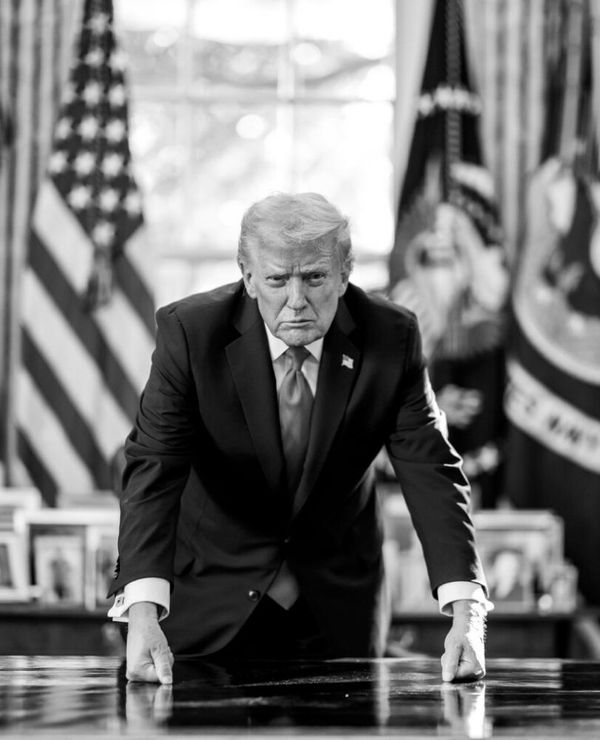
Of a 17-race calendar, only Melbourne, Monaco and Montreal took the championship away from permanent circuits.
Wind on to 2023 and the balance has shifted to eight street venues versus 14.
And following the cancellation of the Chinese and Emilia Romagna Grands Prix, from the eight rounds run so far, only the Bahrain curtain-raiser and most recent hop to Barcelona have taken place at anything that might qualify as a ‘traditional’ circuit.
There is a little bit more nuance since the Jeddah Corniche lap is barely a street circuit with its snooker table-smooth surface. Albert Park is something of a hybrid and Miami's tour around the Hard Rock Stadium is borderline bespoke for F1.
Although championship owner Liberty Media is achieving its goal of turning more races into major city-based festivals, the on-track spectacle hasn't necessarily kept pace.
Amid fan complaints about how dull the early races of F1 in 2023 have been, street races have certainly copped their fair share of flak.
Some of that criticism seems justified. City circuits necessarily require compromise to shoehorn in a layout. A key braking zone or extended straight, factors that can encourage overtaking, have to make way for a run of 90-degree turns to navigate between buildings and a river.
The current crop of wide, ground-effect cars are not perfect fits for the crowned roads of Baku and manhole covers of Monaco.
F1's street track love affair has also forced Pirelli into a state of compromise. In a perfect world with unlimited budgets, a tyre supplier would develop one range of compounds for the demands of permanent tracks and then bring separate rubber tailor-made for street circuits.
But the Italian manufacturer is limited to five homologated compounds that it must deploy across the entire calendar.
“Usually, on a street circuit, you need softer compounds because the type of tarmac is smoother than on a circuit," Pirelli’s head of motorsport Mario Isola tells Autosport.
"But, because of the regulations, we have to homologate the range of tyres in advance, and so we have to work around the range of homologated compounds. We cannot make any special constructions for street circuits because this is also in the regulations.
“Then, not all the street circuits are the same. Monte Carlo is a very severe circuit. In Baku, you have a long straight where you stress the tyre because of the high speed. Miami is a street circuit but again with certain characteristics that are different from others in the past.”
As explored here, the Spanish Grand Prix produced some of the best racing in the midfield thanks to the wide variety of viable tyre strategies.
But that divergence from the pitwall to spice up the action has oft been absent on city streets. In Baku, for example, a safety car held the field on the same one-stopper and showed Pirelli's rubber to be especially durable on streets with slow-speed corners where lateral load is minimal.

Instead of degradation being the limiting factor, thermal management has become the critical issue with the tyres. To stop temperatures from spiking, drivers are encouraged to find clear, cooler air in two-second intervals to prohibit extended wheel-to-wheel battles.
Williams driver Alex Albon explains: “Generally the deg is not too bad - it’s thermal that’s hurting us… You get too close to the car in front and you destroy your tyres, so you’re not going to do it. You need a proper pace advantage to overtake. No one has that pace advantage: the cars are too close to do that. Because it’s thermal, you can afford to hang back, but the tyres won’t go off. You just wait for the car in front to pit and then you’ve got grip again.”
This spectacle-diminishing thermal management requirement isn’t exclusive to street tracks, but the bias towards these types of circuits at the start of 2023 has put them firmly in the firing line.
Overtakes per venue
| 2022 | 2023 | Delta | |
| Bahrain | 58 | 22 | Down 32 |
| Saudi Arabia | 31 | 35 | Up 4 |
| Australia | 27 | 30 | Up 3 |
| Azerbaijan | 22 | 18 | Down 4 |
| Miami | 45 | 52 | Up 7 |
| Monaco | 5 | 13 | Up 8 |
| Spain | 43 | 49 | Up 6 |
Comparing overtakes year-on-year, the numbers remain in a similar ballpark, other than the sizeable drop off for Bahrain (58 passes in 2022 versus 22 in 2023).
Naturally, Red Bull’s dominance means the fight for victory each weekend has been a damp squib. But if you include the cut and thrust of the midfield, the similar amount of passing indicates that an over-reliance on street tracks isn’t the sole culprit for any entertainment problem.
That doesn't mean this current era of F1 cannot be improved. The consensus from driver feedback is that after a full year of development, the latest ground-effect cars now produce more dirty air and following the car in front is harder again - the opposite of what was intended when this rules package was being drawn up.
Red Bull’s Sergio Perez notes: “I feel this year it certainly has become a little bit harder. These cars are generating a bit more downforce and by generating that little more downforce, the car behind struggles a little bit more to follow.”
That made drivers even more reliant on DRS to be able to pass, and so the FIA shortening those zones in Azerbaijan and Miami - against driver feedback - has not helped matters.
Street tracks expose another flaw with the current machinery. The minimum weight limit for a car without fuel has ballooned to 798kg, a 107kg hike since the turbo hybrid engines were first introduced in 2014. At the start of a race, when fuelled to the brim, they are the better part of 900kg. Max Verstappen explains how this hurts agility and low-speed handling.
“Because of the weight of the cars we have nowadays, because they're quite heavy, in the low speed it’s a bit harder to follow. As soon as you have a tiny moment with that weight, it becomes a bigger slide, it's harder on the tyres so you overheat the tyres more.”
The switch to ground-effects has also encouraged a stiff car set-up, which means drivers can take fewer liberties riding over kerbs and therefore are stuck to the same racing line. At a narrower, wall-lined street track, this lack of variation promotes processions.

Verstappen continues: “You have to run them super stiff, whereas I remember like 2015 or ‘16, you could sometimes [take] a few different lines. You could run a kerb because the cars were a lot softer than what we run now. You could do a few different kinds of techniques and lines but that is really, really hard nowadays because the cars just don't allow it.”
The tyres, shortened DRS zones, the development arms race, a Red Bull monopoly and the regulations themselves might all have allowed for accusations of a diminished spectacle in 2023 - even if the overtaking figures don’t necessarily support that case. Considering that melting pot of factors, street tracks have arguably been held overly responsible.
But F1’s over-reliance on city layouts has left them exposed to this criticism, and has taken away some of the richness of variety in the early part of the campaign. However, while championship organisers should consider a more agreeable balance, there are key flaws with the current cars that must be addressed first in order to sustainably improve the show.







